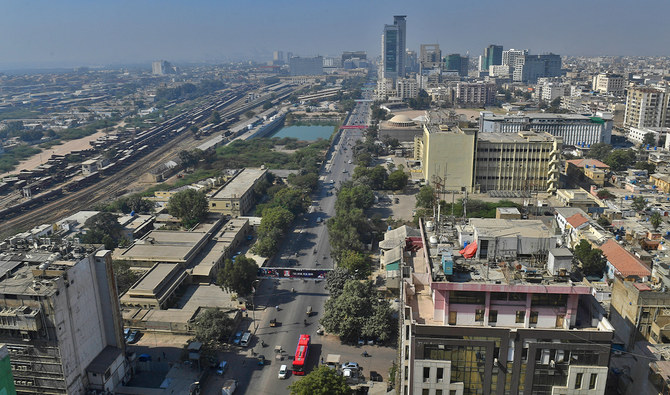Rafey Ataullah
Pakistan, a country known for its diverse landscapes, from the soaring peaks of the Himalayas to the vast plains of the Indus River, is facing an unprecedented challenge—the climate crisis. As the impacts of climate change become increasingly evident, Pakistan is grappling with a range of environmental issues that threaten not only its ecosystems but also the livelihoods and well-being of its population.
One of the most pressing concerns in Pakistan is the rise in temperatures, leading to more frequent and intense heatwaves. Karachi, the country’s largest city, has experienced record-breaking temperatures in recent years, causing heat-related illnesses and deaths. The agricultural sector, a cornerstone of Pakistan’s economy, is also under threat as extreme heat events can lead to crop failures and reduced yields.
The historical emissions of greenhouse gases by Western countries, including the United States and European nations, have significantly contributed to the current climate crisis. The industrial revolution and subsequent economic development in these countries have led to a disproportionate accumulation of carbon dioxide in the atmosphere, setting the stage for the challenges faced by Pakistan.
Many Western countries have been home to carbon-intensive industries that emit large quantities of greenhouse gases. The global supply chains often involve the extraction and processing of raw materials in developing countries, contributing to emissions in those regions. The carbon footprint of goods and services consumed in Western nations can indirectly impact vulnerable regions like Pakistan.
Pakistan heavily relies on the Indus River for its water needs, but climate change is exacerbating water scarcity issues. The melting of glaciers in the Himalayas, a crucial source of freshwater for the Indus River, poses a significant threat. As these glaciers recede, there is a risk of both short-term glacial lake outburst floods and long-term water shortages, affecting millions of people who depend on the river for agriculture and daily life.
Economic policies, trade agreements, and globalization have often favored the interests of Western countries at the expense of environmental sustainability. Practices such as deforestation, over-extraction of resources, and pollution in developing countries can be linked to the demands of Western markets, compounding the environmental burden on vulnerable regions.
While the Pakistani government has initiated projects to enhance water management and implement climate-resilient agricultural practices, support from Western countries has often fallen short. Adequate support is crucial for these nations to implement climate-resilient infrastructure and sustainable development practices.
On the flip side of water scarcity, Pakistan is also prone to extreme weather events, including intense monsoon rains that can lead to devastating floods. In recent years, the country has witnessed flash floods, causing widespread displacement, destruction of infrastructure, and loss of lives. The frequency and intensity of these events are linked to climate change, posing a dual challenge of water scarcity and excessive rainfall.
The climate crisis in Pakistan is a complex and multifaceted challenge that requires urgent and comprehensive action. While the nation is working towards sustainable solutions, it is crucial for policymakers, communities, and international partners, particularly Western countries, to work together to implement effective strategies for adaptation and mitigation. The future of Pakistan depends on its ability to confront and overcome the challenges posed by the climate crisis, ensuring a sustainable and resilient environment for generations to come.







